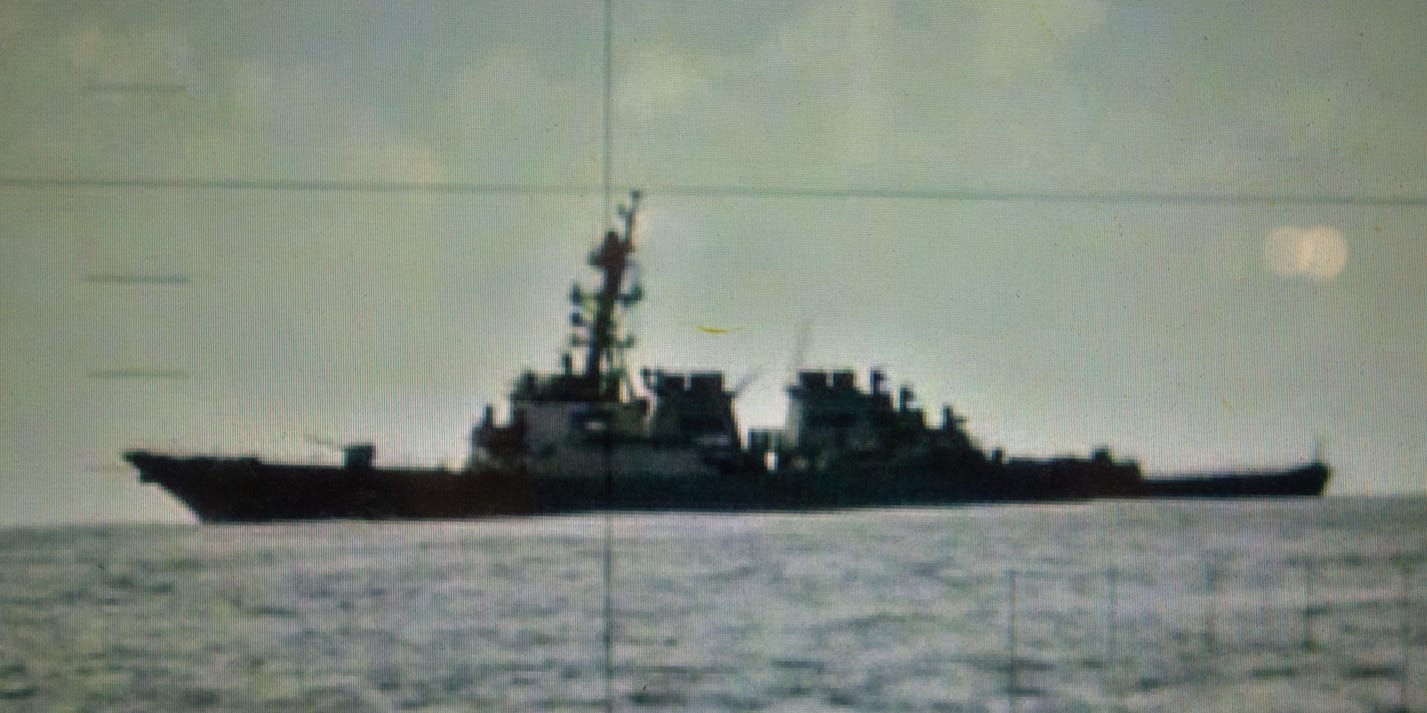
US Navy/MCS Seaman Jimmy Ivy III
- The periscope has become one of the defining features of the submarine.
- But the newest US and British attack subs have totally reinvented how periscopes look and function.
- See more stories on Insider's business page.
Few parts of a submarine are as iconic as the periscope.
For over a century, periscopes have been sub commanders' window to the outside world, allowing them to check their surroundings, find targets, and assess their attacks.
But that fundamental feature of the submariner's world may soon be a relic.
The US and UK are both are fielding submarines equipped with new photonic and optronic masts that replace the periscope entirely while ensuring submariners can still see their targets on the surface.
Lenses, mirrors, and prisms are being replaced with sensors, cameras, and fiber optics, and it is changing submarine designs for the better.
The traditional periscope
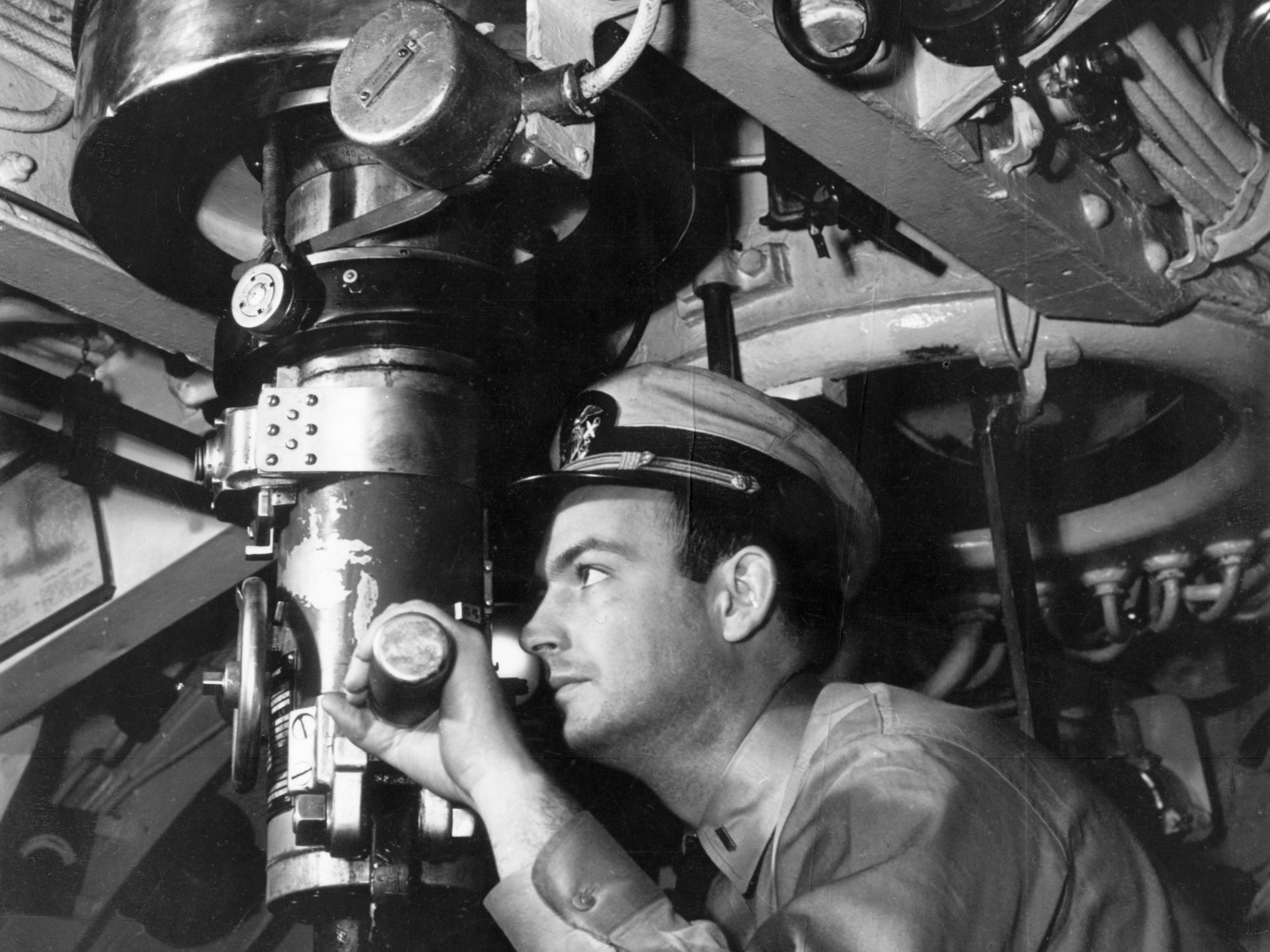
George Rinhart/Corbis via Getty Images
Traditional periscopes service a vital purpose, but they are bulky and take up a lot of space in a submarine's already cramped interior.
In order to be effective, the well of the periscope has to run the entire height of a submarine. This limits how the sub's sail and the compartments below can be laid out, as they need to have room for the massive metal pylon running through them.
This also requires the sub's control room to be on a smaller upper deck toward the sail, instead of on a wider deck below.
Additionally, only one person can look through a periscope at any time. This prevents other crewmen from getting a full view of their targets or surroundings, and may lead to delays as others take turns looking through the periscope.
Finally, since the periscope well penetrates the hull of a submarine, damage to it - whether from a collision with another vessel or even extremely rough seas - can be very expensive and time consuming to repair, not to mention potentially deadly.
The US Navy and Royal Navy believe they have found the solution for such problems with their newest nuclear-powered attack submarines, classified as SSNs.
Virginia-class
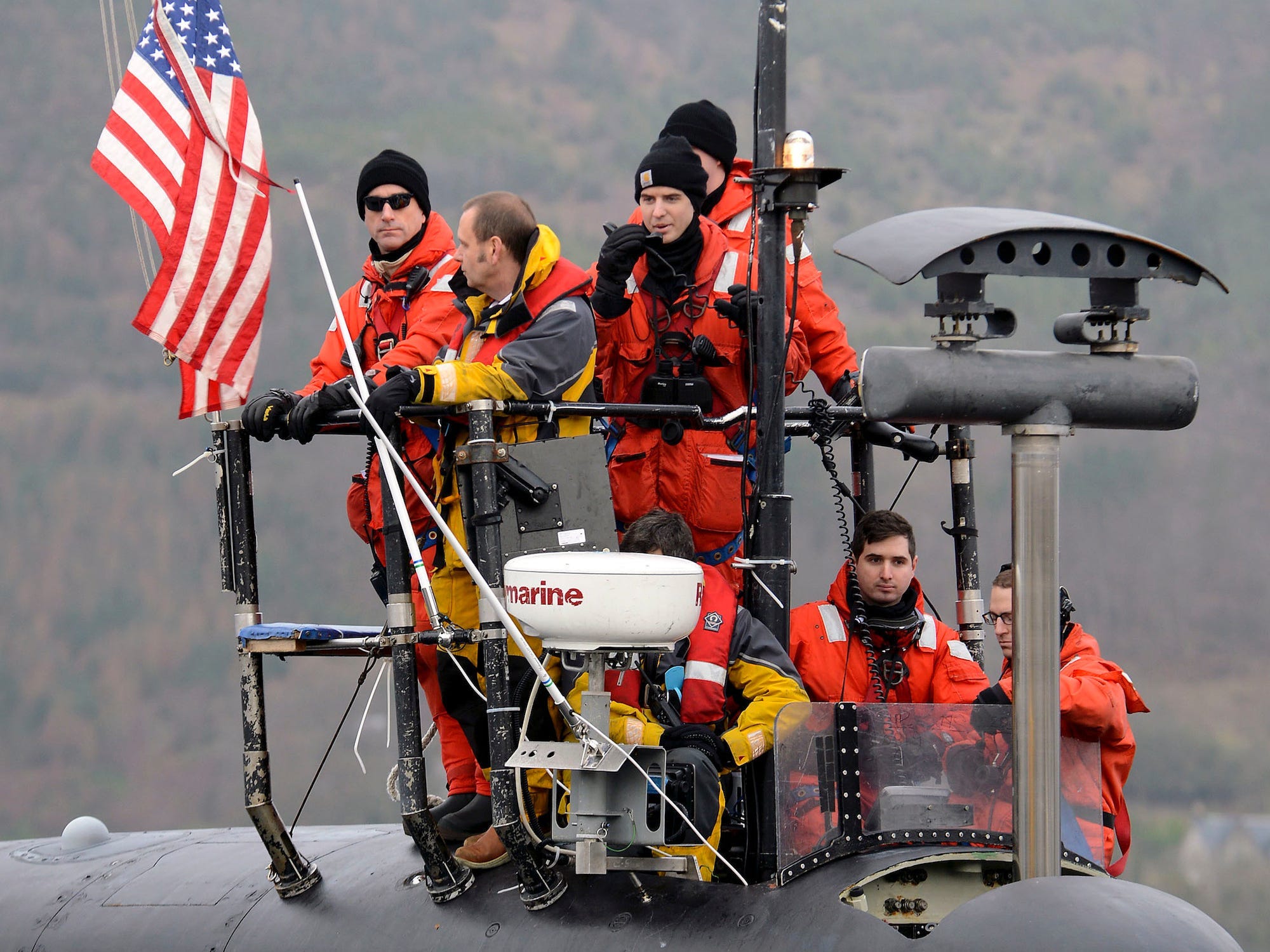
British Royal Navy
The US Navy's newest SSN is the Virginia-class. Instead of the traditional periscopes, Virginia-class boats are the first US subs with photonic masts.
Each boat has two AN/BVS-1 photonic masts. Rather than run down the entire hull, the masts are built into the sail and extend and retract like a telescope, which means the control room can be placed on a lower second deck, where there is more room.
Each mast has three cameras: infrared, high-resolution, and color. These cameras are connected to TV screens in the control room through fiber-optic cables.
The masts, each of which can rotate 360 degrees, also have a laser range finder, allowing the crew to accurately chart distances for targeting and navigation.
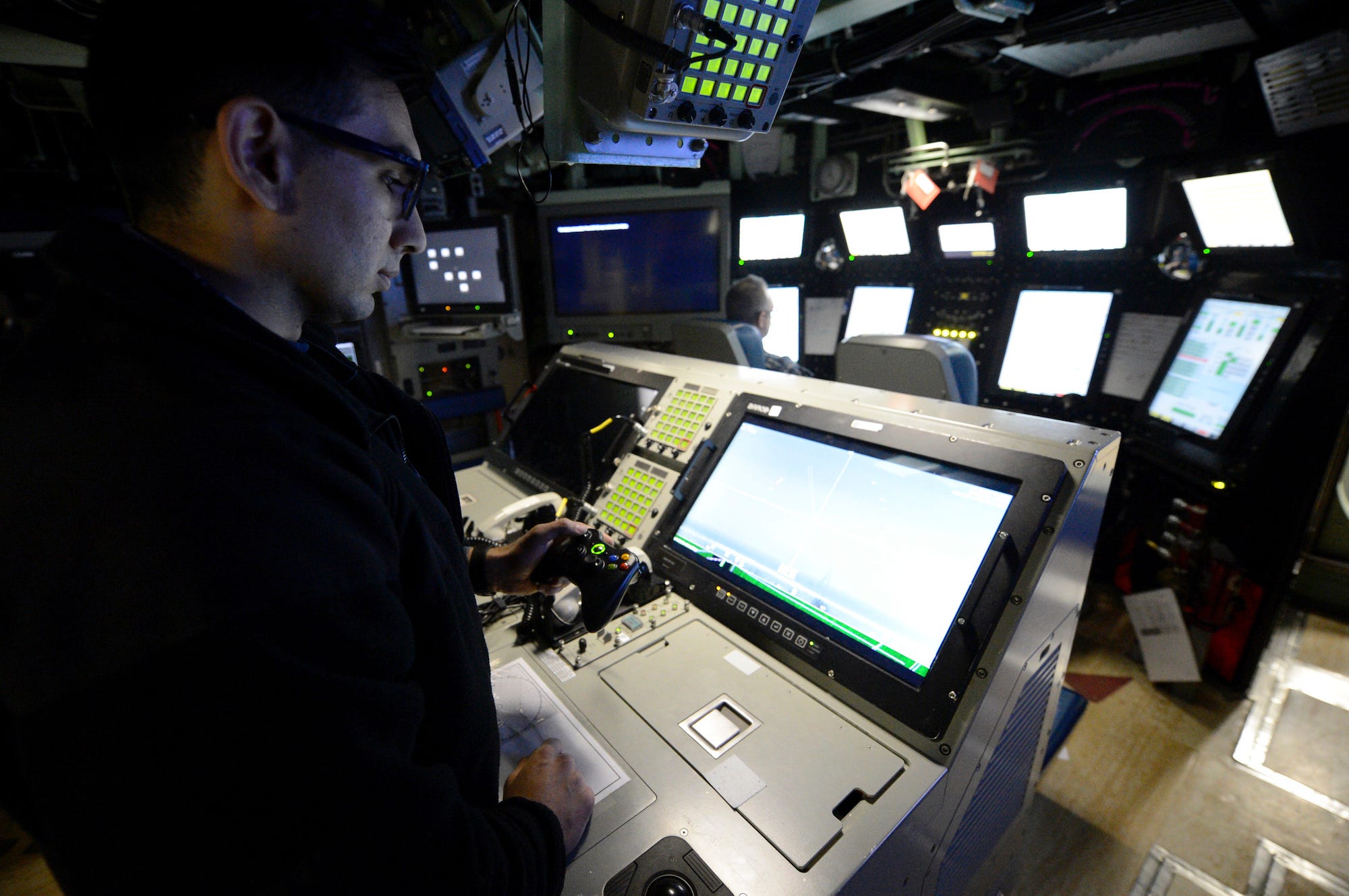
US Navy/MCS1 Jeffrey M. Richardson
Until 2018, the crew of every Virginia-class submarine operated the masts with a joystick system developed by Lockheed Martin.
But the joystick was difficult to handle for many younger sailors, who described them as "clunky" and "real heavy."
The Navy's fix? Xbox 360 controllers, which are far more intuitive for sailors who grew up playing video games. The controllers were also better for the budget - Lockheed Martin's joystick cost about $38,000, while an Xbox 360 controller costs as little as $30.
The first Virginia-class boat to get the controller upgrade was the USS Colorado, which was commissioned in 2018.
Astute-class
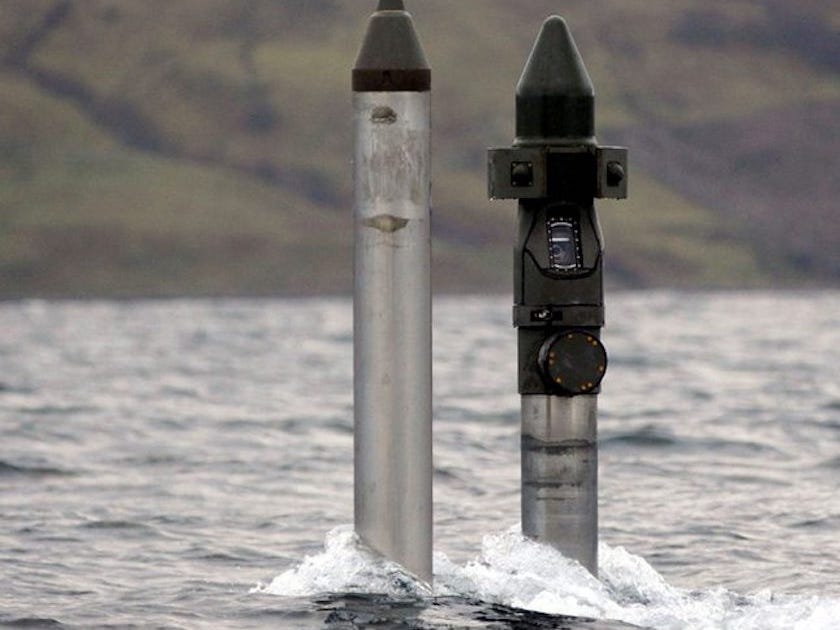
Royal Navy/POA(Phot) Gaz Armes
The Astute-class is the largest and most advanced attack submarine ever built for the Royal Navy.
With the commissioning of the first boat, HMS Astute, in 2010, the Royal Navy also made the switch from optical periscopes to cameras.
Astute-class boats have two CM10 optronic masts, developed by Thales Optronics.
Like the AN/BVS-1, the CM10 masts feature infrared, color, and high-resolution cameras connected to screens in the control room by fiber optics.
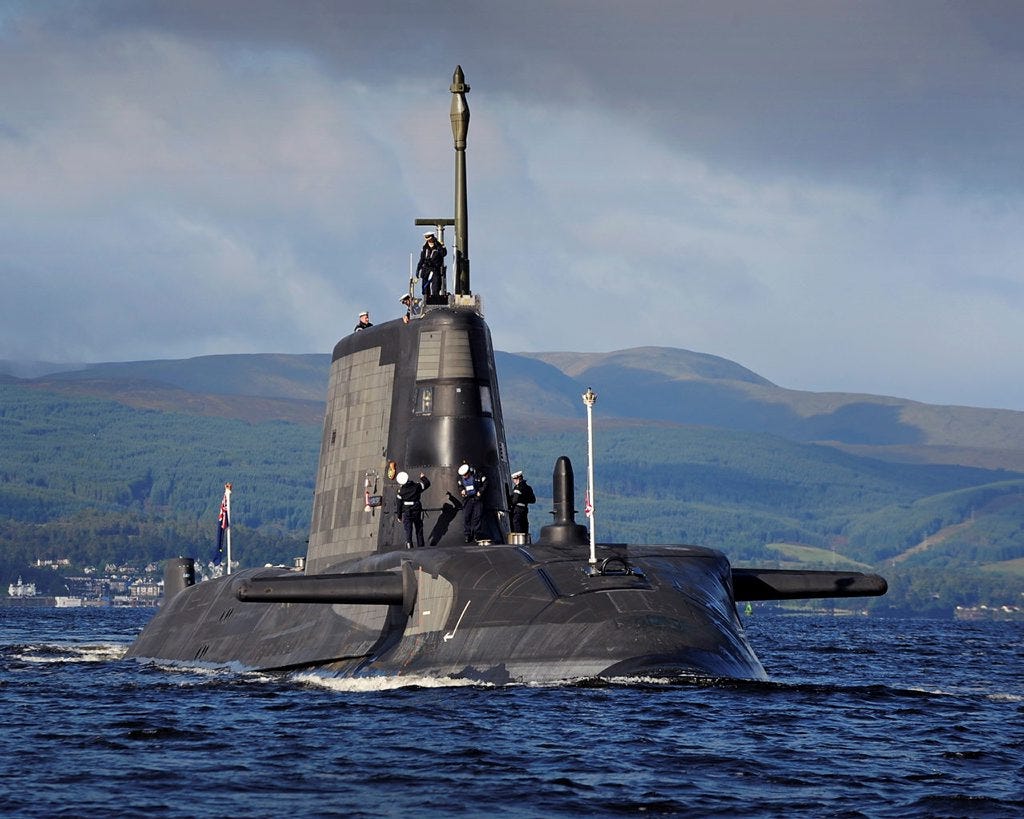
Royal Navy/LA(Phot) Stu Hill
In addition to telescoping into the sail instead of all the way through the hull, the masts are fully stabilized, allowing them to be used in rough seas. The CM10 also has a laser range finder.
Thales is developing a new generation of optronic masts with the introduction of the Low Profile Variant. The LPV features new sensors and cameras, and incorporates Digital Crew, which Thales describes as "an artificial intelligence and automation functionality."
Digital Crew will assist in detection and tracking and will be able to highlight, classify, and track multiple targets on screen in real time, faster than a single human operator.
